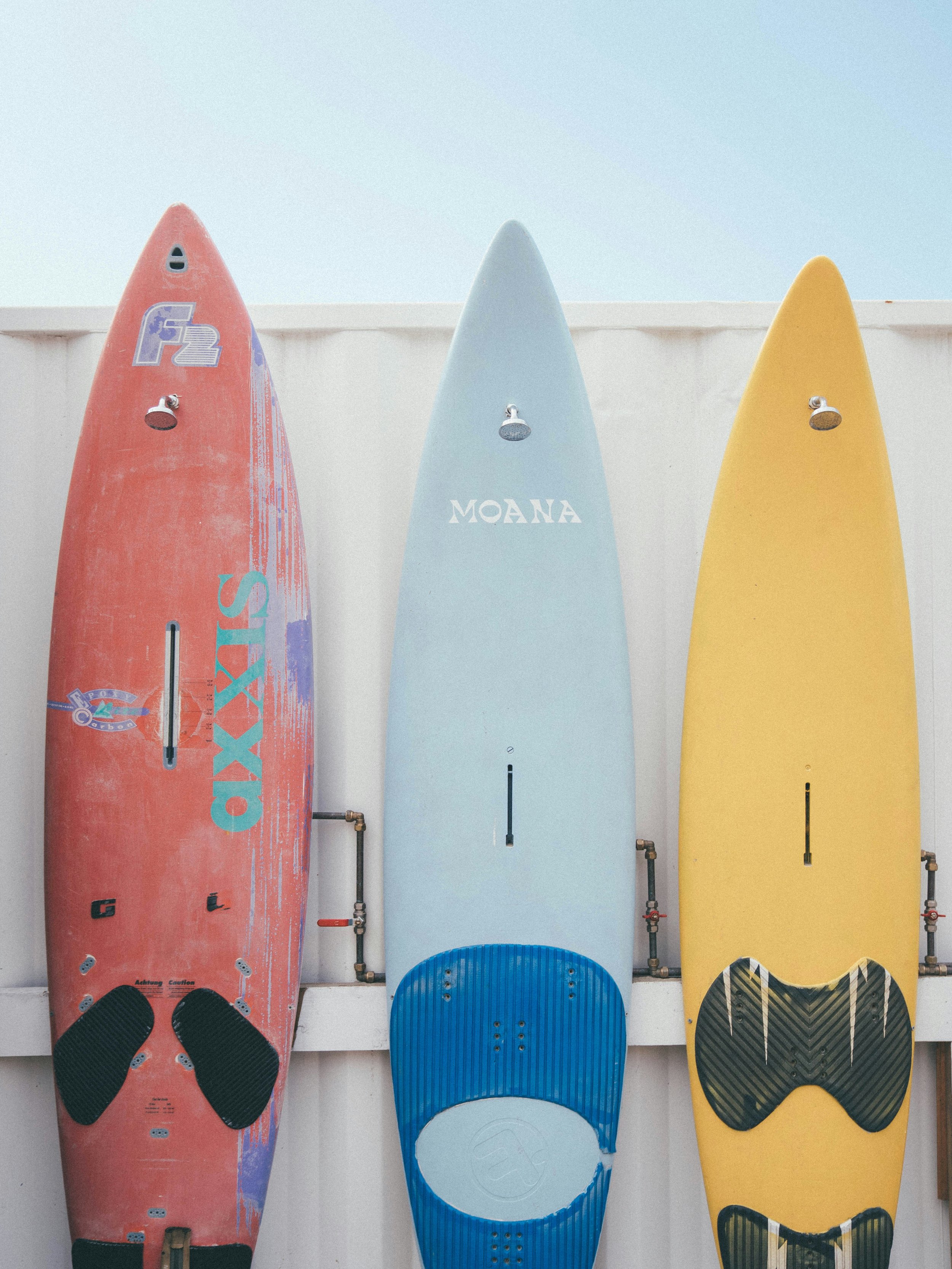What journalists want brands to know
If you’re a founder or business owner—especially those in design, hospitality, and lifestyle—seeking media coverage, you’ve likely partnered with a public relations agency. But one of the most overlooked elements of a successful PR campaign is understanding how journalists think.
At Che PR, we specialize in earned media and integrated brand storytelling for creative businesses in art, architecture, interior design, and hospitality. With over a decade in the industry, we’ve spent years developing relationships with editors, writers and producers across top-tier publications, and we know what makes them tick—and what makes them click delete.
Here’s what journalists wish PR people (and their clients) knew, and how this insight can help medium-sized creative brands stand out in a crowded inbox.
What journalists want brands to know
Journalists don’t work for you—they work for their audience. It’s a hard truth, but a helpful one: journalists aren’t here to promote your product, your hotel or your design firm. They’re here to tell great stories for their readers. The best pitch bridges the gap—it presents an idea that aligns both with your brand’s goals and a publication’s editorial needs. Whether you’re unveiling a new boutique hotel or launching a limited-edition lighting collection, your PR team should craft story angles that speak to current trends, seasonality and reader value (think: design trend roundups, insider travel guides or behind-the-scenes artist profiles).
Note: using language like “in exchange for coverage” when pitching journalists & inviting them for an exploratory conversation is a quick way to get ghosted.
Respect the lead time—and the deadline. Media editorial calendars work months in advance—especially for print. Want to be in a winter issue of an architecture or travel magazine? Your pitch needs to go out in the summer. Launching a new destination retreat? Give your PR team photos, details and quotes well before your opening date, so they can work with editors on longer-lead features and secure digital coverage for launch week.
Note: already working with a journalist on a story opportunity? Make sure you submit any interview responses, photos & other information well before their deadline!
High-quality images are not optional. Want to get published in Architectural Digest, Condé Nast Traveler or Dezeen? Your photos need to be just as polished as your pitch. Visuals can make or break your media opportunity—especially in visually-driven industries like art & architecture, interior design, food and travel. Journalists are far more likely to cover a story that comes with high-res, editorial-quality photography. That means professionally shot, well-lit images (ideally horizontal and vertical options), no busy watermarks and photo credits ready to go.
Be clear, concise and ready to deliver. Journalists appreciate fast, clear communication with no fluff. Your PR team should make it easy for editors to say yes by offering direct subject lines, bullet-pointed facts and access to spokespeople who are media-ready. This is where the value of professional PR representation shines: we anticipate what editors need before they ask, and we make sure you’re prepared.
Trends matter—but authenticity matters more. It’s tempting to jump on every trend—“quiet luxury,” “dopamine decor,” “culinary wellness”—but journalists can sniff out a forced angle. The most successful press coverage comes from stories that are timely and true.
Example: instead of claiming your coastal resort is sustainable because you use bamboo straws, let’s talk about the architect who designed it using reclaimed materials, or the chef who sources 90% of the menu from local farms. That’s the real story—and the one that gets published.
PR is a two-way relationship. Working with media means more than just sending out a press release. It’s about crafting a brand narrative that resonates—with readers/listeners, with your customers and with the world at-large. When design-oriented businesses understand the media landscape & pay attention to the needs of their audience, they’re better positioned to tell meaningful stories—and secure impactful coverage.
At Che Public Relations, we don’t just pitch—we partner. We believe in helping art-forward, design-savvy and experience-driven brands shape narratives that editors want to write about and readers want to read.
If you’re looking for a PR agency that understands both the media and the magic of your business, we’d love to hear your story. Set up a complimentary consultation with Founder Julia here.

